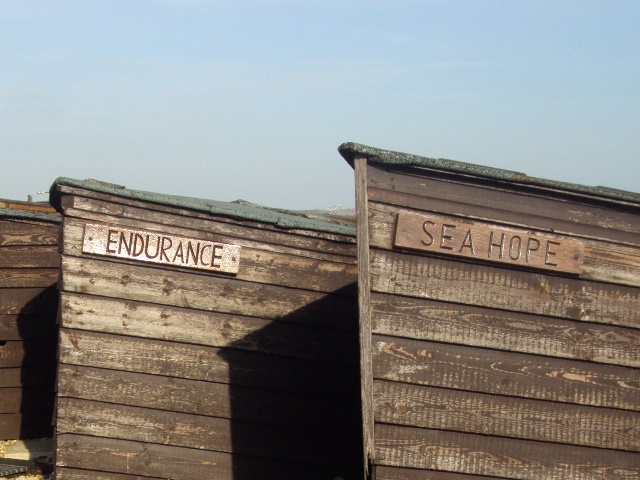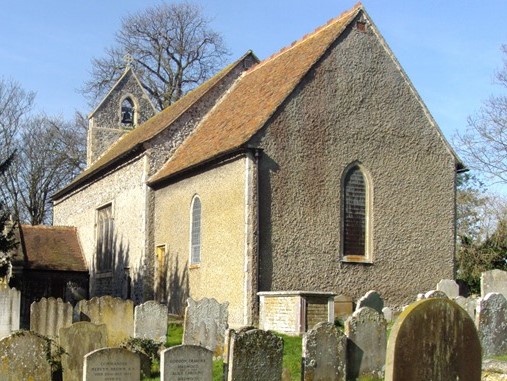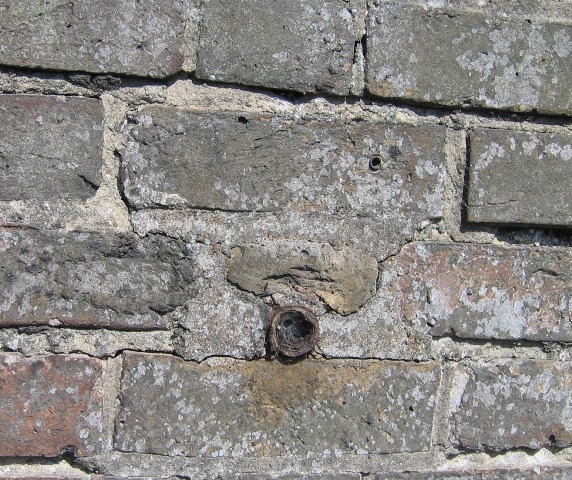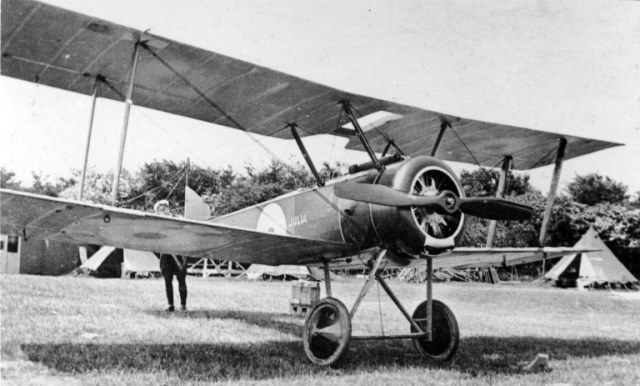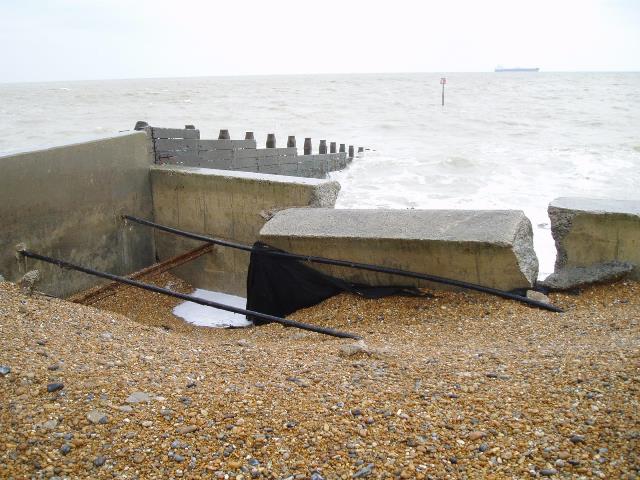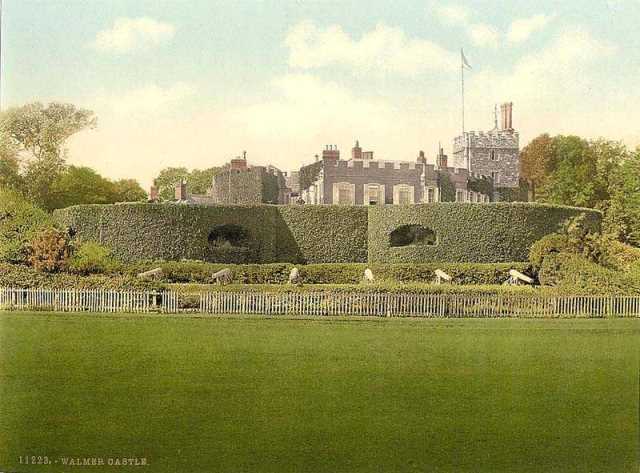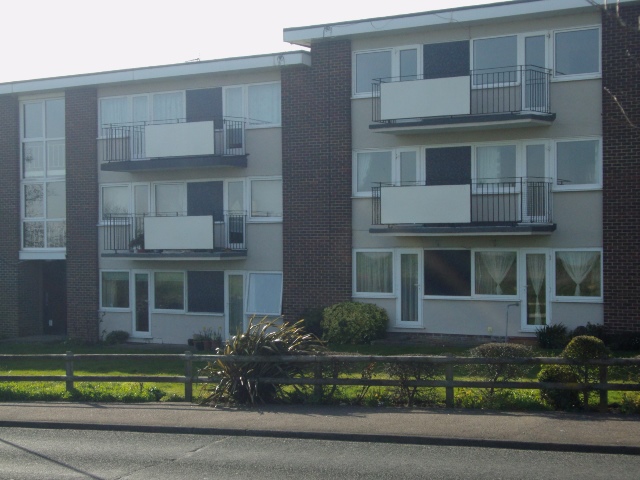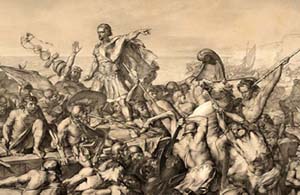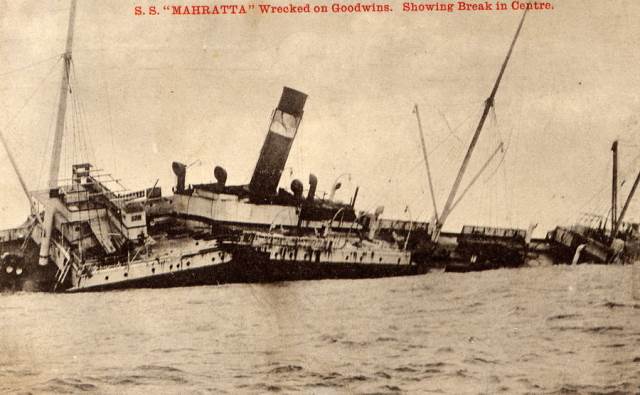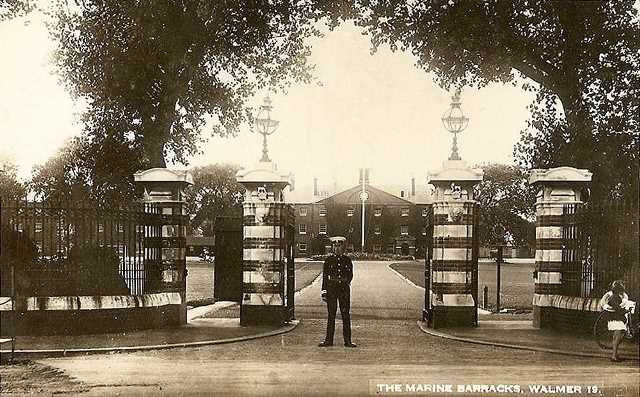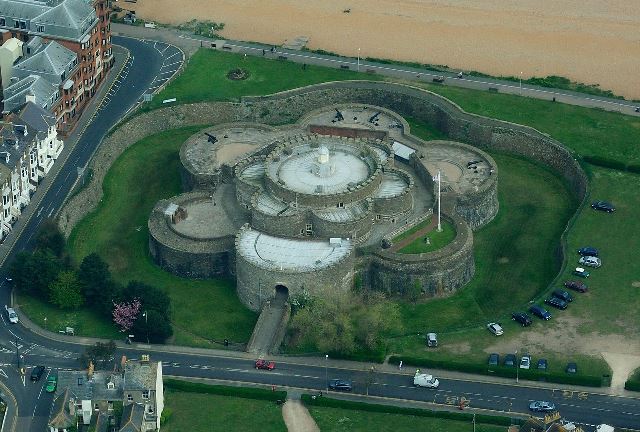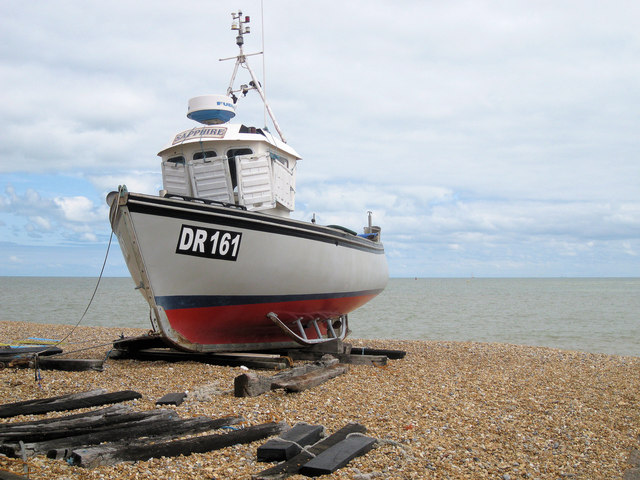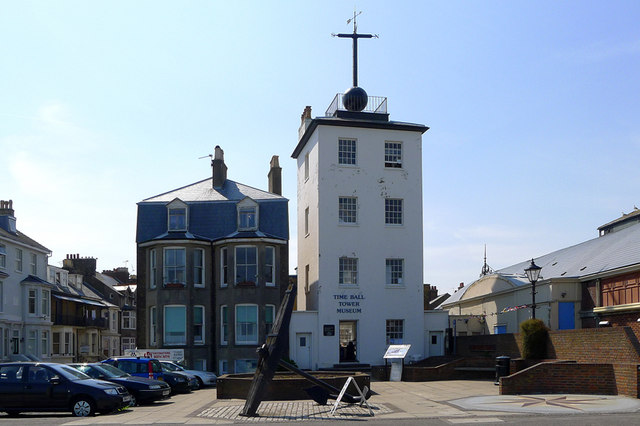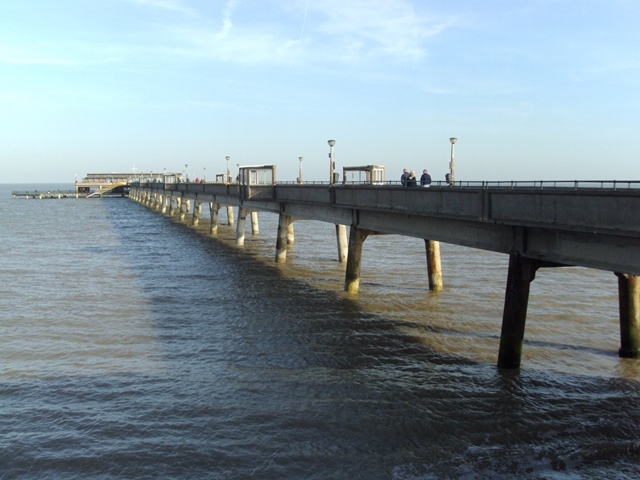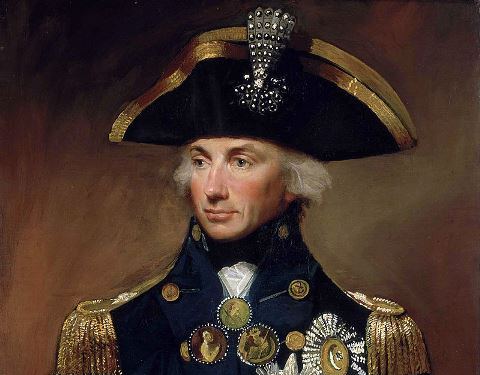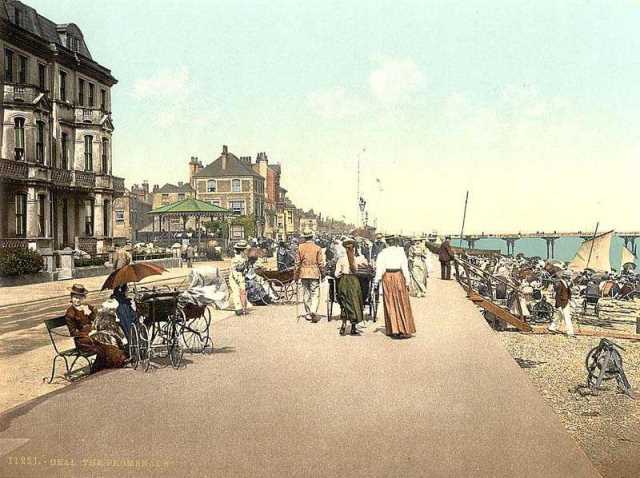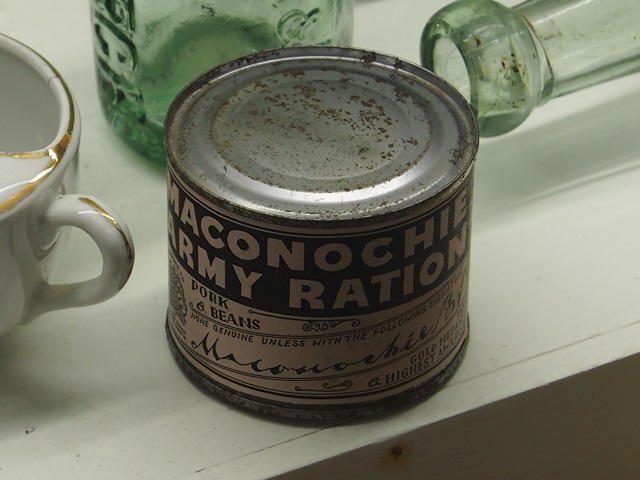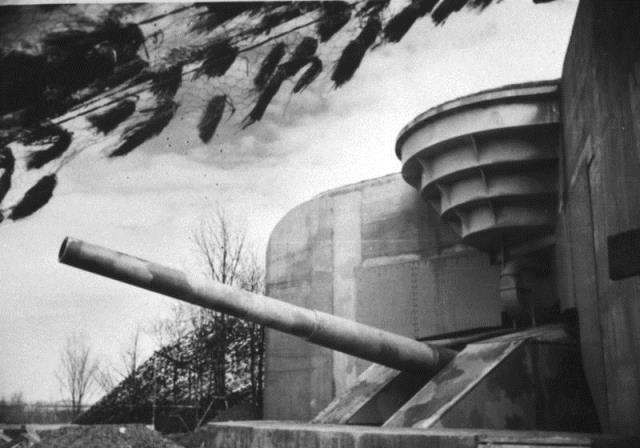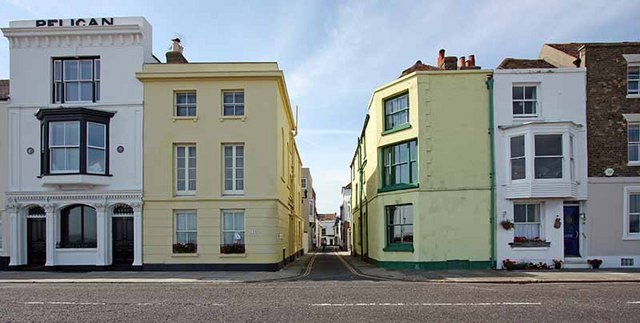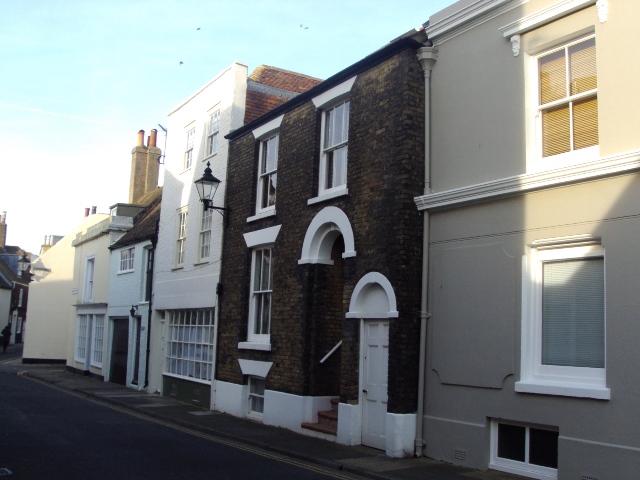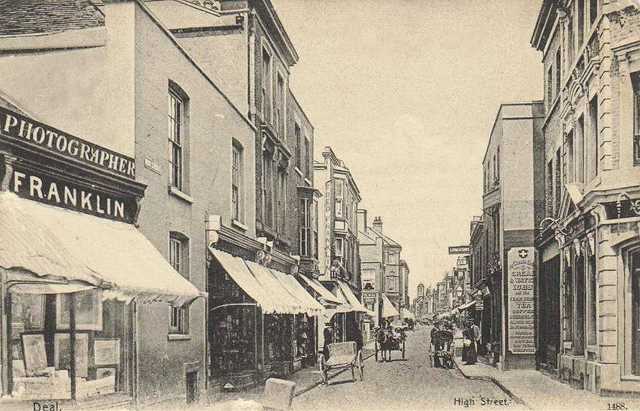A walk from Walmer along the England Coast Path
The East Kent coast between Walmer, Kingsdown and Deal has faced attack for centuries. Its flat shores and closeness to Europe have attracted many overseas invaders - from Julius Caesar’s Roman legions to Napoleon’s warships, First World War bombers and Hitler’s planned landings in 1940.
But humans are not the only threat to this part of Britain’s coast. Walmer and Deal face constant attack from the powerful forces of the North Sea.
Waves and storms erode the soft chalk cliffs, creating a constantly shifting landscape. This walk explores the changing coastline between a medieval village and a modern seaside town.
Find out how local fishermen made a living from a deadly sandbank. See castles built by Henry VIII and hear stories of secret Second World War weapons.
